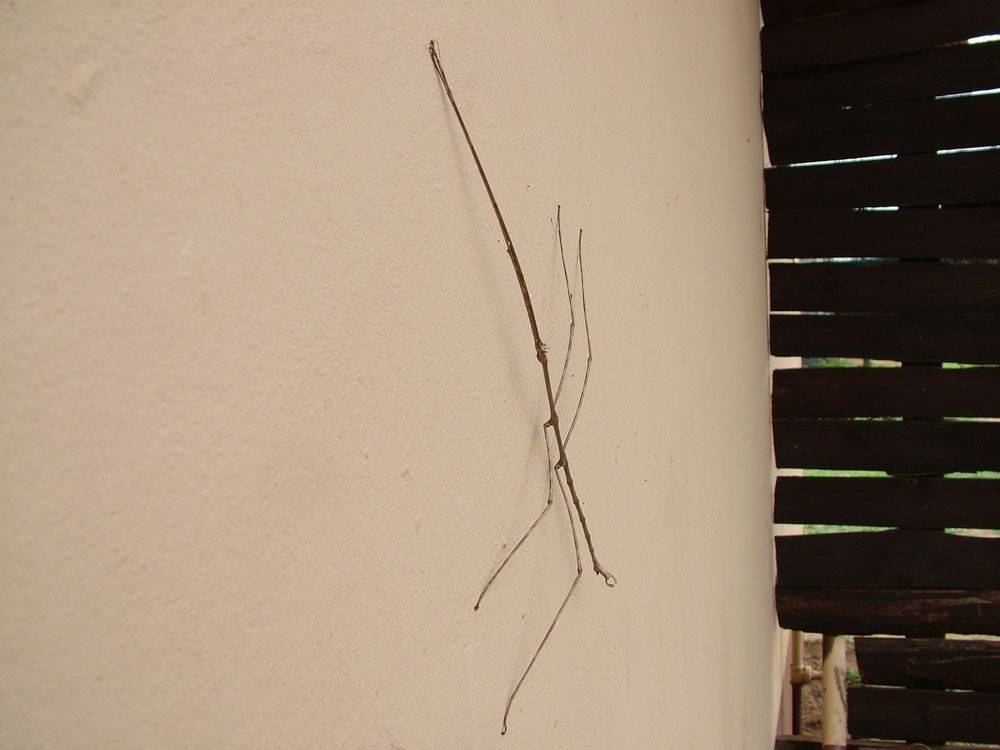
Walkingstick – Diapheromera femorata
Walkingstick – Diapheromera Femorata
Scientific Name: Diapheromera Femorata
Common Name: Walkingstick
Distribution: In North America, common walking sticks may be found throughout a wide geographic area. They are found up into northern Florida and all the way down the Atlantic coast. This species is found as far north as Alberta, Canada, and as far west as New Mexico in the United States (US). There are 38 US states where they may be found, with Maine in the east and North Dakota in the west being the most northern. They are found in Manitoba, Ontario, and Quebec, and are the only stick insects in Canada.
Host plants: Because oak and hazelnut are common walkingstick food sources, common walkingsticks can be found in deciduous woodlands and forests. Urban gardens, residential yards, and agricultural areas may also be home to them.
Identification: The common walkingstick is an elongated, thin insect that mimics a twig to help it blend in. The sexes are different; the female is greenish-brown and somewhat bigger at 95 mm (3.7 in), while the male is typically brown and measures approximately 75 mm (3 in). There are three pairs of legs, but while the creature is at rest, the front pair extends forward next to the antennae, intensifying the twig-like appearance. The cerci, which are paired appendages at the tip of the abdomen, have a single segment each, and neither sex has wings. The antennae make up two thirds of the length of the body.
Life Cycle: The life cycle of a stick insect is hemimetabolous, with many nymphal stages. In late summer, once the nymph has completed its last molt and grown into an adult, breeding occurs. Approximately one week following mating, the 2.5 mm (0.1 in) wide eggs are dropped one by one to the forest floor. They hibernate here under the leaf litter, emerging the next May or maybe as late as a year later.
Damage: Diapheromera femorata consumes tree and shrub leaf as food. They especially like trees that are oak and hazelnut in color. Their mandibles are used to chop off parts of leaves, stems, or flowers, and they are herbivorous. The nymphs feed by devouring a leaf’s primary veins apart. The main food source for adults is black oak, which they eat mostly at all hours of the day. However, between 9:00 p.m. and 3:00 a.m., there is a peak in feeding activity. Adults typically feed for extended periods of time on a single leaf before stopping, moving around, and starting again on a different leaf. They are skeletonizers of leaves.
Management: Applying a commercial pesticide to stick bugs is the simplest method of eliminating them.
